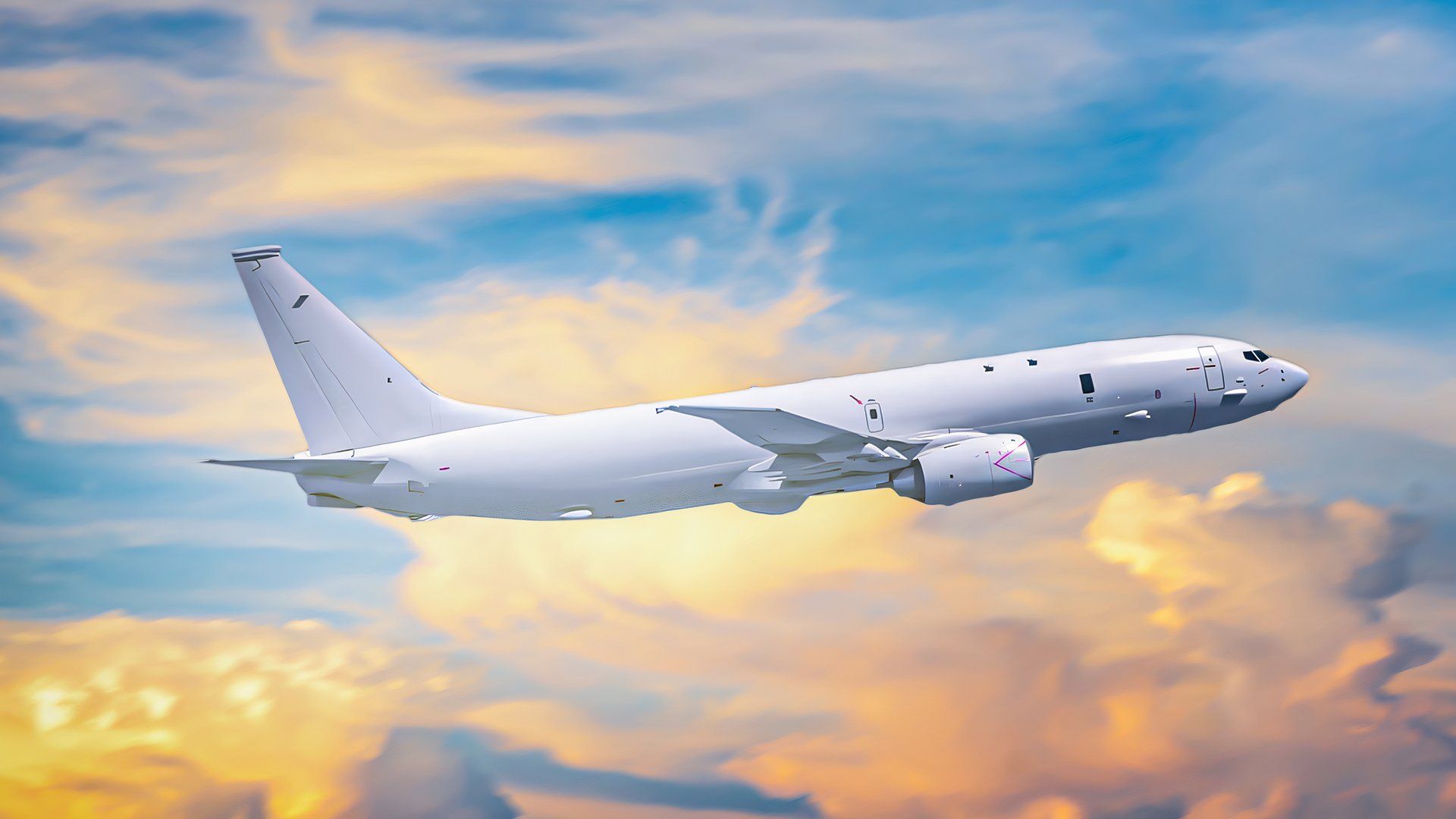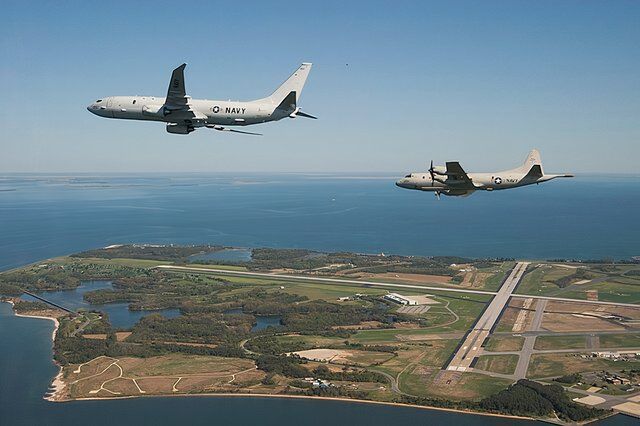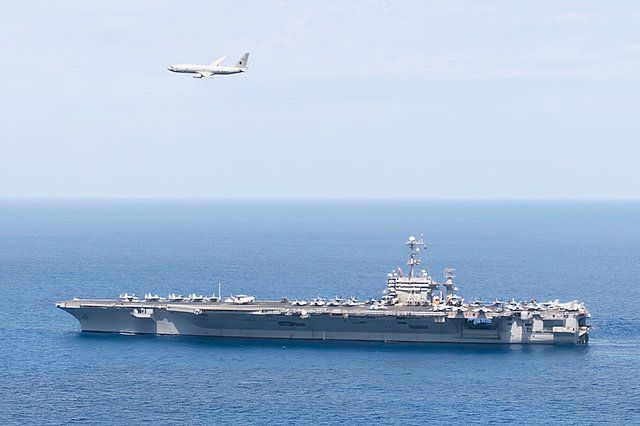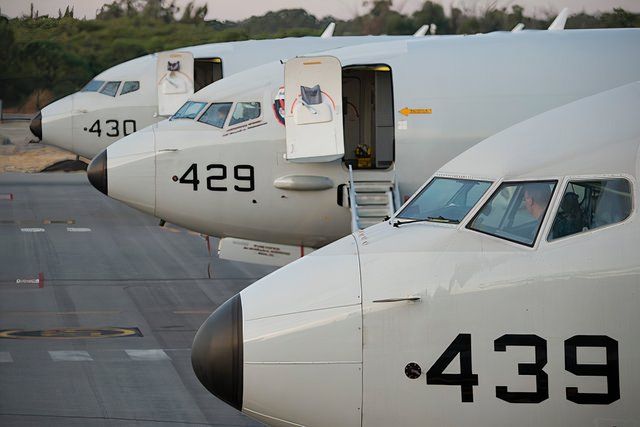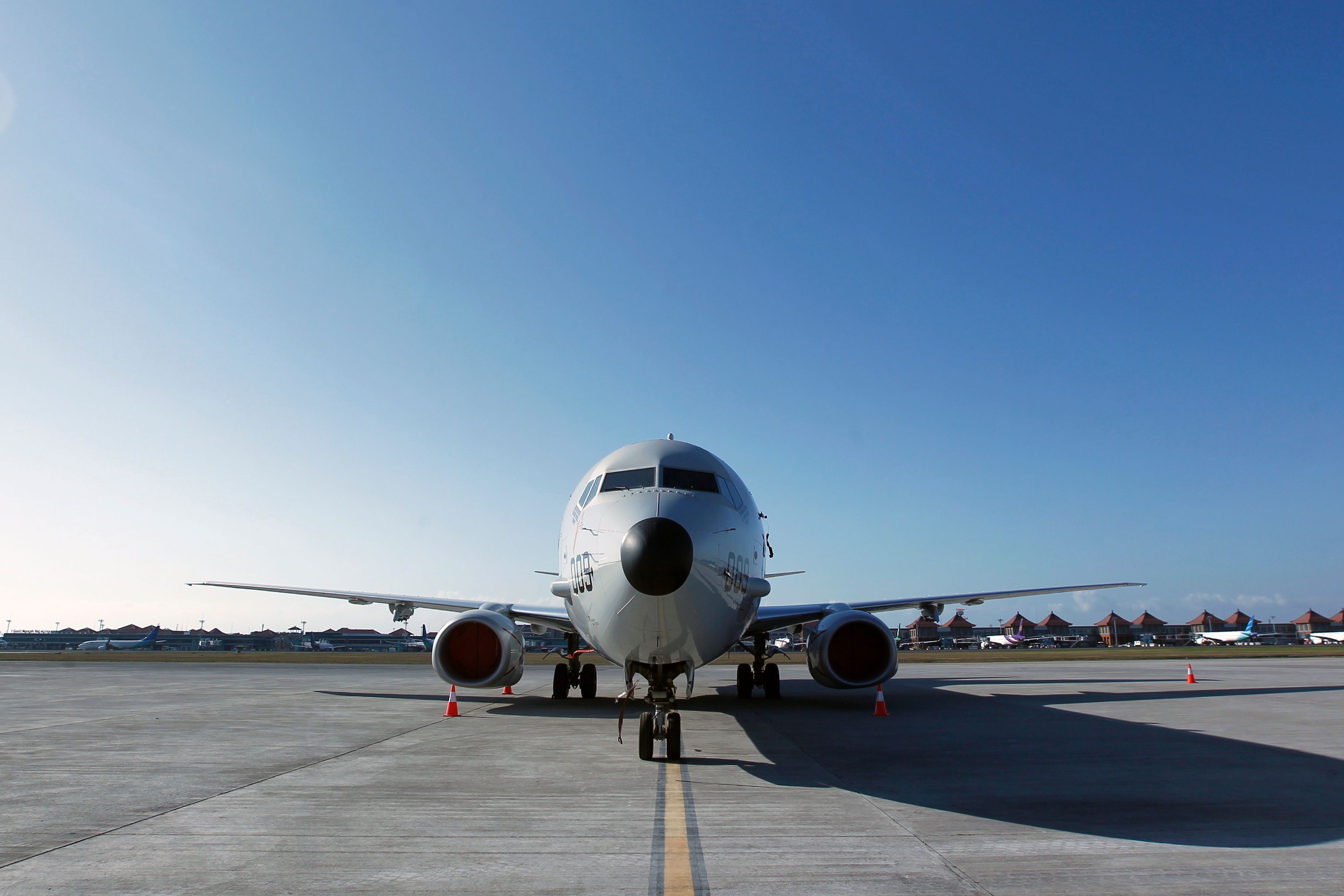The P-8 Poseidon entered service with the U.S. Navy to replace the aging P-3C Orion. Yet, rather than go through the gauntlet of the Defense acquisition process, the Navy repurposed a commercial airframe to produce a truly phenomenal multirole aircraft.
The origins and purpose of the P-8 Poseidon
The P-8 Poseidon began its operational life in 2013 as a replacement for the P-3C Orion, which has been in service with the U.S. military since the 1960s. Rather than navigate the cumbersome design and acquisition process for an entirely new aircraft (a process that could have lasted over a decade), the Navy instead opted to order and repurpose the Boeing 737 for military use.
According to Boeing, the P-8 shares an 86% commonality with the 737, meaning the P-8 is integrated into an established ecosystem of design, production and replacement-parts, furthering efficiency, support and upgrades. This platform has been so successful, that there are currently 166 in service with the US military and partner nations.
General information of the P-8 Poseidon
General specifications
|
Aircraft Manufacturer |
Boeing |
|---|---|
|
Global Flight Hours Across Fleet |
600,000+ |
|
Airframe Viability |
25,000 hours or 25 years |
Technical specifications
|
Wingspan |
123.6 ft…….37.64 m |
|---|---|
|
Height |
42.1 ft……. 12.83 m |
|
Length |
129.6 ft……. 39.50 m |
|
Powerplant |
CFM-56-7BE (2)…….121.44 kN. 27,300 lbs. |
|
Maximum Speed |
490 kt……. 459+ ktas 564 mi/h……. 907 km/h |
|
Ceiling |
41,000 ft…….12,496 m |
|
Maximum Gross Takeoff Weight |
189,200 lb…….. 85,820 kg |
|
Range |
1,200+ nm with >4 hr. time on station, 2,225+ km |
|
Weapon Stores Compatibility |
129 A-size sonobuoys Harpoon Missiles MK-54 Torpedoes Survival kit |
The big picture
For decades to come, the U.S. Navy will likely face its highest operational tempo, the likes of which have not been witnessed since the Cold War. This is largely due to Bejing’s growing assertiveness, threatening behavior towards its neighbors and potential threats to overseas U.S. military bases, demonstrated by China’s growing navy and military in general.
“For decades to come, the U.S. Navy will likely face its highest operational tempo, the likes of which have not been witnessed since the Cold War.”
This heightened activity in the South China Sea will place great demand on the P-8 and its crews, while at the same time demonstrating its high value to the U.S. Navy due to its advanced capabilities.
The P-8 Poseidon: Furthering the mission of the U.S. Navy
In service with the U.S. Navy, the P-8 is designed to execute numerous complex missions. As reported by Naval News, James Detwiler (the P-8 Business Development Director for Maritime Systems for Boeing), stated the following:
“Mission profiles flown by the P-8s include Anti-Submarine and Anti-Surface Warfare, Maritime Patrol, High-Altitude Intelligence, Surveillance and Reconnaissance (ISR), Command, Control and Communications (C3) and providing standoff targeting for other U.S. Navy assets.”
Photo: U.S Navy
These missions are accomplished via the P-8’s sophisticated suite of onboard sensors. These sensors, as detailed by Military.com, include an active multi-static and passive acoustic sensor system, inverse synthetic aperture radar, an electronic support measures system, an electro-optical/infrared sensor, and a digital magnetic anomaly detector. If called upon to engage a target, be it a surface vessel or a submarine, the P-8 is capable of carrying torpedoes, cruise missiles, bombs, naval mines, and depth charges. This ordnance is stored within the P-8’s internal weapons bay or on its wing and centerline pylons.
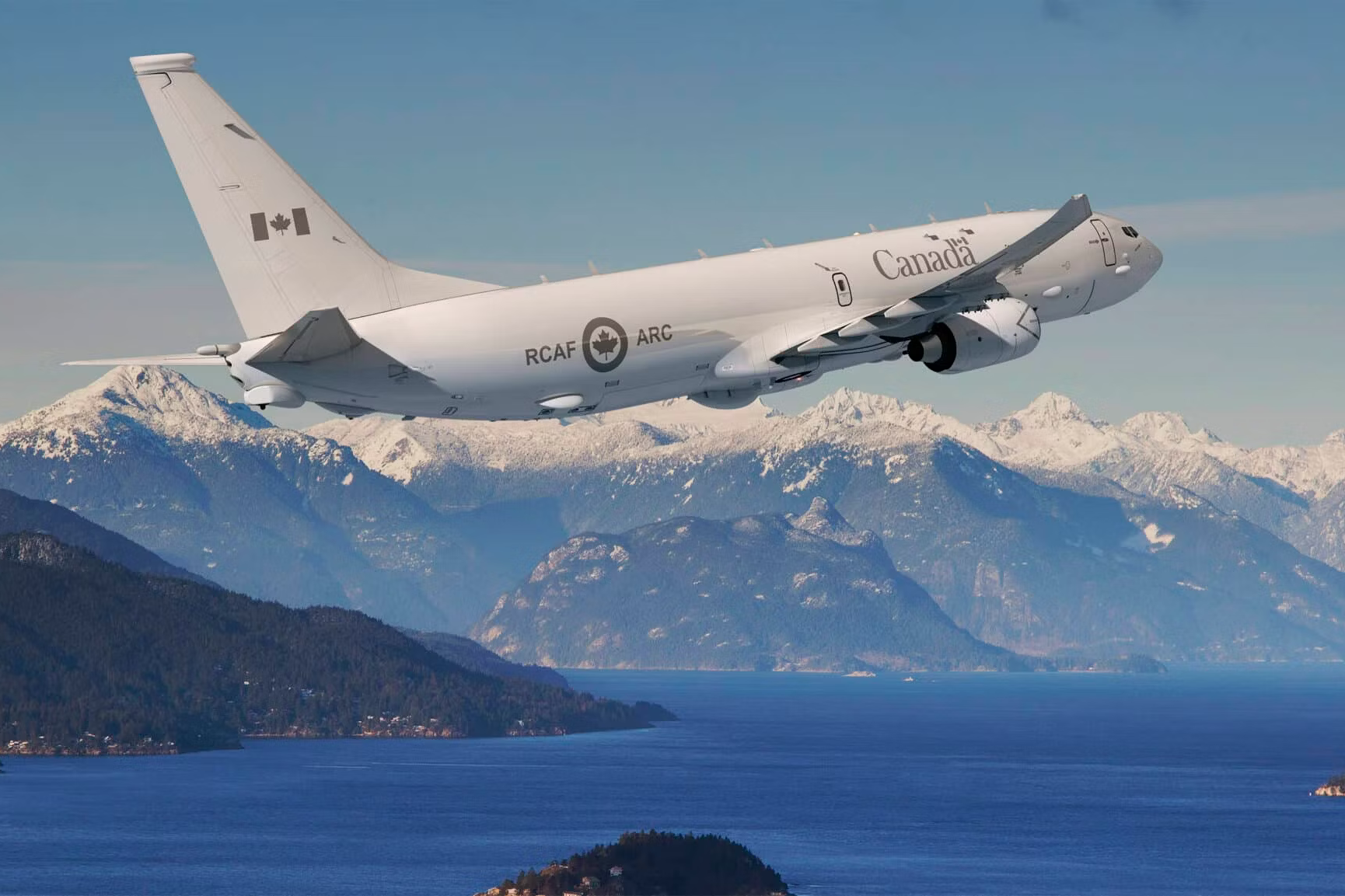
Related
Boeing’s P-8 Poseidon: What Weapons Are On Board?
The aircraft features 11 internal and external hardpoints for weapons.
Overseas deployments and partner state operations
As a true aerial asset, the P-8 is deployed with the US Central Command, Southern Command, European Command, and Pacific Commands. In these areas of operation, the P-8 collects local intelligence, diffuses valuable information to local command authorities, and aids in deterrence, particularly with regard to China and Russia.
“As a true aerial asset, the P-8 is deployed with the US Central Command, Southern Command, European Command and Pacific Commands.”
Photo: Wikimedia Commons
Additionally, as reported by Boeing, the P-8I is operated by the Indian Navy, while the P8-A is operated by the air forces of the United Kingdom, Australia, Norway and New Zealand. Other countries that have inducted the P-8 into their air and naval forces include South Korea, Germany and Canada.
P-8s are taking to the skies for the 2024 multinational RIMPAC naval exercise
RIMPAC, hosted by the U.S. military, is a multinational naval exercise that occurs every two years. During this exercise, the U.S. military and its global partners meet in proximity to the Hawaiian Islands to further interoperability by unifying joint-operating-procedures, engaging in naval and air exercises and live-fire exercises. This year’s RIMPAC is taking place from June 27 to August 1.
According to the U.S. Navy, this exercise is currently hosting military contingents from 29 nations, comprising more than 25,000 personnel, 40 surface vessels, three submarines and 150 aircraft. The P-8’s, in addition to F-35 Lighting and V-22 Osprey’s will be operating out of the joint Navy and Air Force base, Pearl Harbor-Hickam and Marine Corps Base Hawaii, at Kaneohe Bay.
Photo: Wulandari Wulandari | Shutterstock
As numerous American allied nations operate the P-8, it will be front-and-center in this exercise, utilizing its vast array of specialized equipment and capabilities. The P-8 will certainly display its prowess while taking part in anti-ship and anti-submarine exercises, in addition to performing reconnaissance duties and guiding on-station naval vessels and combat aircraft to their targets.
All about versatility
The multirole capabilities of the P-8 Poseidon gives the U.S. Navy numerous options while operating in a combat zone or while on routine missions. The P-8 is a tier-one collector of intelligence, aerial predator and data diffusion node. With the inclusion of the P-8 at this year’s RIMPAC exercise, its crews will sharpen their skills in maritime warfare, surveillance, reconnaissance, targeting and communications activities. Importantly, U.S. Navy P-8 crews will be given the prime opportunity to train with their counterparts from other nations, providing a vital link between the US and partner nation military forces.
These skills are integral for supplementing and enhancing the capabilities of the U.S. Navy’s fleet commanders in effectively conducting multi-domain operations. This becomes evident as the Chinese military was not invited to this year’s RIMPAC, because they have been designated a regional threat to U.S. military infrastructure and allies in the East Asia region. Therefore, the P-8 with its advanced technologies and capabilities, will be in high demand for the US Navy and its allies in the event of hostilities between the US and China.
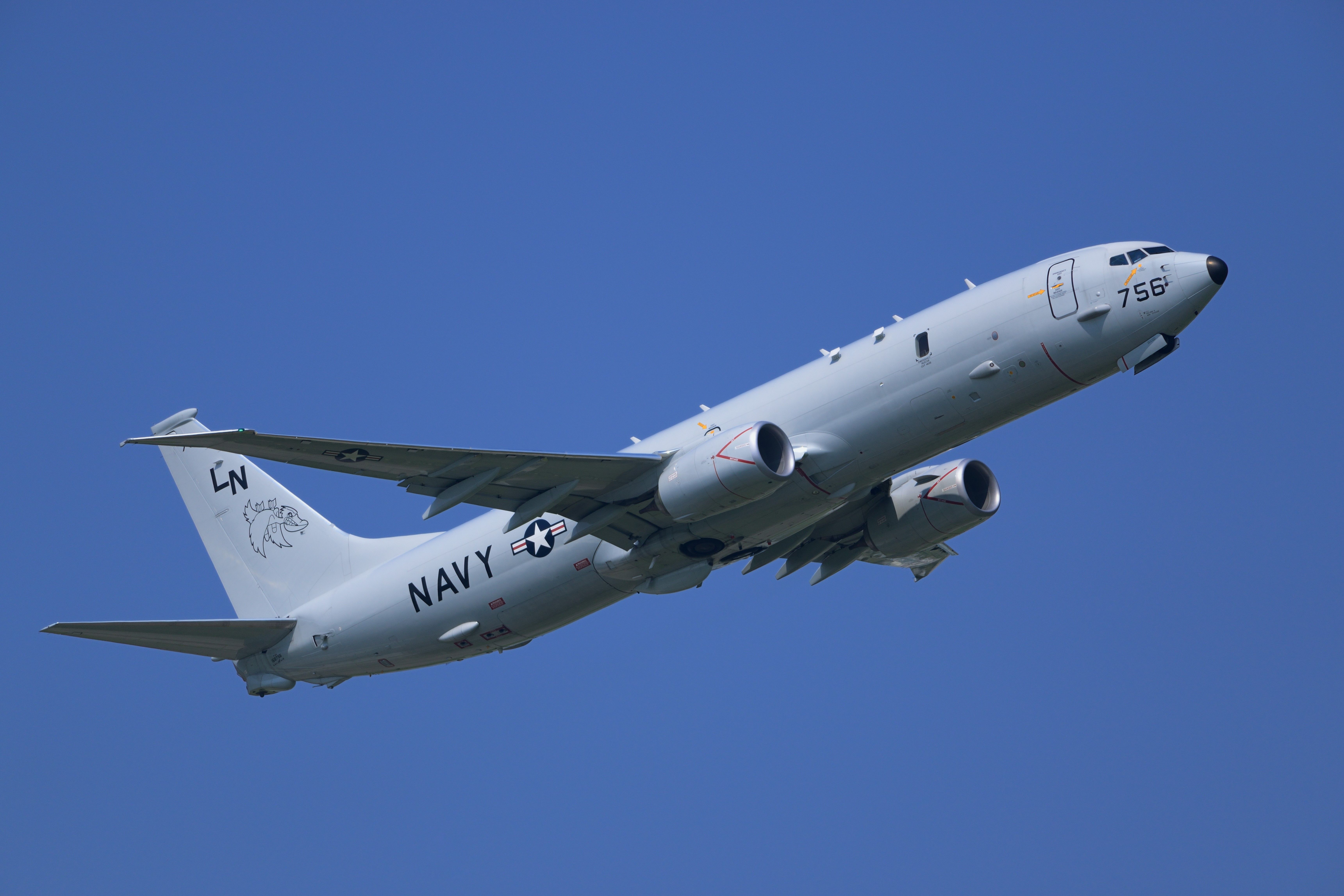
Related
Versatile Twinjet: 5 Things You Might Not Know About The Boeing P-8 Poseidon
Here are five things you might not know about the most “commercial” military jet currently operated.

